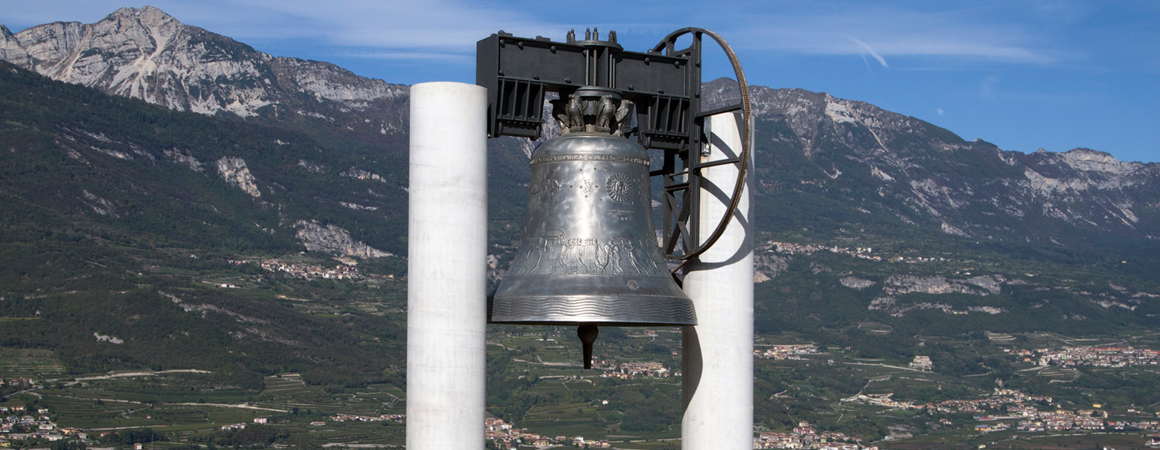HAPPENING AT THE COUNCIL OF EUROPE
It was 1949, on 10 August to be exact, when Frenchman Edouard Herriot officially opened the proceedings of the first session of the Consultative Assembly, later to become the Parliamentary Assembly of the Council of Europe (PACE), in the Great Hall of the University of Strasbourg. After an opening statement, Henri Spaak, the Belgian foreign minister who two years later would be among the “founding fathers” of the European Coal and Steel Community (ECSC), was elected president of the Assembly. Concluding his inauguration speech, he said one simple thing: “My watchword is: ’now to work' so that, thanks to your efforts, our old Europe may be reborn, may be organised and may live!".
Today, PACE has members from 46 states. The ten founders (Belgium, Denmark, France, Ireland, Italy, Luxembourg, the Netherlands, Norway, Sweden and the United Kingdom) can be pleased with the continent's growth, which is impressive considering how low the starting point was. World War II had recently ended and the Council of Europe had set itself the mission of creating a “common democratic and political space” across the continent. The aim was to guarantee human rights, democracy and the rule of law.
Did we succeed? Yes, but only partially. And this is a problem for everyone because the principles invoked not only form the basis of a tolerant society, but are essential for European stability, conflict avoidance, economic growth and social cohesion. The latest events, with Russia's invasion of Ukraine causing Moscow's exclusion from the Council of Europe, show how ”now to work” is still a current buzzword, even though it is a phrase.
The objectives are clear and relate first and foremost to the need to foster the enhancement of cultural identity and diversity in Europe. The aim must be to find common solutions to the problems of complex societies that can no longer be conceived as separate and closed. This should 'naturally' lead to the consolidation of economic stability in Europe by favouring political, legislative and constitutional reforms and avoiding conflicts.
But what instruments does the Council of Europe have at its disposal? In Strasbourg, initiatives take the form of agreements designed to fit the legal system of all the member states. To date, more than 200 treaties have been issued, 128 of which have also been signed and ratified by Switzerland. The list is long, but first in order of importance is surely the European Convention on Human Rights (ECHR), which allows private citizens to lodge a complaint with the European Court of Human Rights. These agreements are accompanied by various resolutions and recommendations addressed to the member states, which play a primary role in finding solutions to common problems.
But what happens if a government does not implement the dictates of a convention it has signed? Too little. “Now to work”, Henri Spaak would say, it is time to address the issue. Hopefully before the centenary celebrations of the first session of the Consultative Assembly, which are scheduled for 26 years from now.







